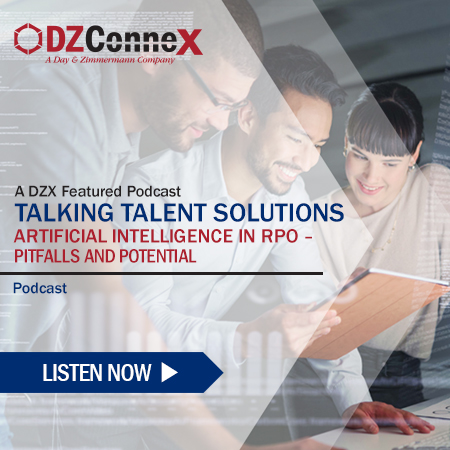In today's rapidly changing economic landscape, businesses face the ongoing challenge of aligning their workforce planning strategies with the state of the economy. The decisions made in this regard can significantly impact a company's ability to navigate economic fluctuations successfully. In this blog post, we will explore the current state of the economy and its implications for workforce planning.
Understanding the Hiring Landscape
To gain insights into the state of the economy and its influence on workforce planning, it's crucial to consider the hiring trends observed across industries. Here are some trends that have been taking place recently.
Hiring Freeze
Hiring freezes within an organization indicate a cautious approach towards expanding a company’s workforce. Economic uncertainty and external factors such as global events can contribute to companies adopting a conservative stance in hiring new employees.
Hiring Slowdown
A considerable number of businesses have undergone hiring slowdowns, suggesting a more cautious but slightly more flexible approach compared to those implementing a complete freeze. This approach allows companies to carefully evaluate their hiring needs and prioritize essential roles while closely monitoring economic indicators.
Hiring More
Though not as many companies are hiring more employees during economic uncertainty, some industries are experiencing growth or are requiring additional workforce expansion. It's worth noting that these organizations likely operate in sectors resilient to economic downturns or have identified new opportunities amidst the changing economic landscape.
Staying the Same
A significant portion of businesses are maintaining their current workforce size. This stance may indicate a preference for stability and a desire to assess the economic landscape before making any significant changes. It could also suggest that these businesses have already optimized their workforce and are focused on maintaining productivity and efficiency.
Workforce Planning Strategies
The current state of the economy calls for careful workforce planning to ensure organizations can adapt and thrive. Here are some strategies that businesses can consider:
- Scenario Planning: In a dynamic economic environment, scenario planning can help organizations anticipate and prepare for various future outcomes. By analyzing potential scenarios, businesses can identify the workforce requirements and skill sets necessary to navigate different economic conditions effectively.
- Skill Development and Retraining: Investing in employee development and upskilling programs can enhance workforce agility. By identifying key skills needed for the future and providing training opportunities, companies can ensure their employees are equipped to handle evolving job demands.
- Talent Acquisition and Retention: During economic uncertainty, it is essential to strike a balance between maintaining a lean workforce and attracting top talent. Organizations can focus on hiring for critical positions and implementing retention strategies to retain key employees who contribute significantly to the company's success.
- Agile Workforce Models: Flexible workforce models such as contingent or remote work arrangements can offer businesses the ability to scale their workforce based on demand. These models provide greater adaptability during economic fluctuations while allowing companies to access specialized skills when needed.
Conclusion
Workforce planning in the face of economic uncertainty requires organizations to adopt a proactive and strategic approach. It is clear that businesses are navigating a hiring landscape that reflects caution and adaptability. By understanding the current state of the economy and implementing thoughtful strategies, companies can position themselves for success and mitigate potential risks, ultimately ensuring their workforce remains aligned with their business goals.




%20Size%20Photos/GettyImages-147205347.jpg)




